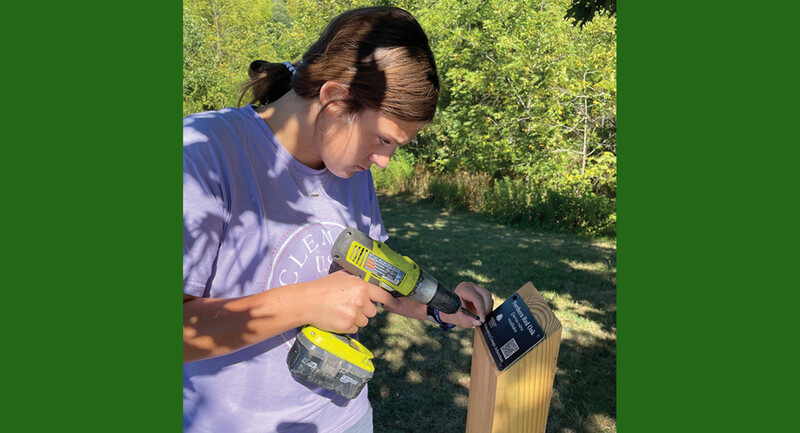It started with a simple question. Students at the Perkiomen Valley East middle school in Pennsylvania asked what the word perkiomen meant.
The answer—"place of the cranberries"—led to far more than a definition. It uncovered uncomfortable truths about the Native tribes that once stewarded the community's land, and it led to environmental activism and social justice efforts that may shape the local community and the school district's curriculum for years to come.
Perkiomen is a word from the Lenape tribe, who 250 years ago were removed by European colonizers from their homeland—which spanned parts of Pennsylvania, Delaware, New Jersey, and New York—and forced west. While terms like perkiomen persisted, little else from the tribe's history, culture, or land stewardship remained in the local community. Currently, the cranberry plant has all but disappeared from the region, along with many other plants and animals. Pennsylvania does not legally recognize the Lenape people, or any other Native American nation.
But as students in the district started looking into vocabulary and other remnants of Native American culture in the area, they "began to notice clues about what we had lost," says Seamus Clune, principal of Perkiomen Valley Middle School East. Thus began a multiyear project, involving students, school leaders, university and community partnerships, and Native American people, to honor the local land and its history.
District leaders reached out to representatives from the Delaware Tribe of Indians and Delaware Nation, two of the five federally recognized tribes associated with the Lenape people, now located in Oklahoma. This led to rich opportunities for students. One middle school in the district researched Tammanund, a Lenape leader, and successfully petitioned the school board to name the road around the school after him. During the road's dedication, the Delaware Tribe of Indians sent official representatives along with an indigenous drum group to celebrate. Other students participated in a virtual book study of Everything You Wanted to Know About Indians But Were Afraid to Ask by indigenous author Anton Treuer, which gave them the opportunity to talk with representatives from both tribal nations.
The Perkiomen Valley School District also established two arboretums to promote environmental stewardship, conservation, and knowledge of the Lenape people. The arboretums, which cover 76 acres, allow for "limitless opportunities for student engagement," says Clune, through hands-on experiments and environmental projects.
Students have also worked to educate the community on the history of the land and the people who lived there. They studied the trees and other native species and created signage in the arboretums that labels the trees with their English and Lenape names. A QR code links to a website that provides information about the significance of the trees to the Lenape, as well as audio of Lenape pronunciations.
"In less than two years, we have made tremendous progress with decolonizing our thinking and actions," says Clune. "Our students are learning that through listening to Native Americans and working within partnerships that honor their sovereignty, indigenous and non-indigenous people can move forward—together."
Credit: PERKIOMEN VALLEY SCHOOL DISTRICT
The Perkiomen Valley School District’s arboretums provide opportunities for students to study and preserve Native American history.









